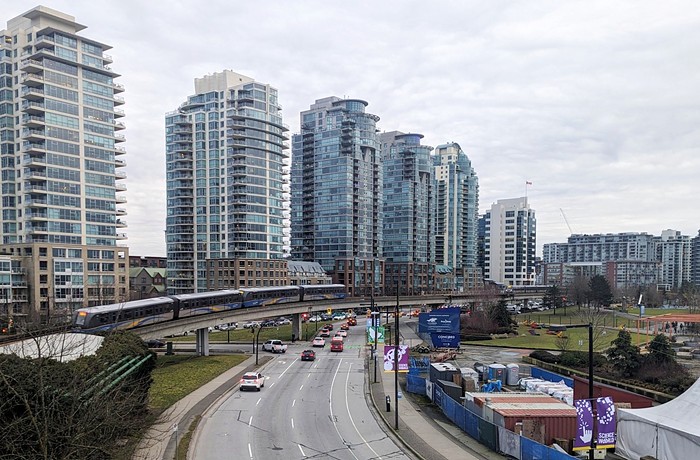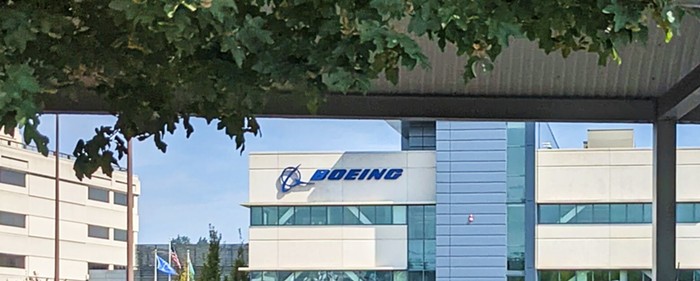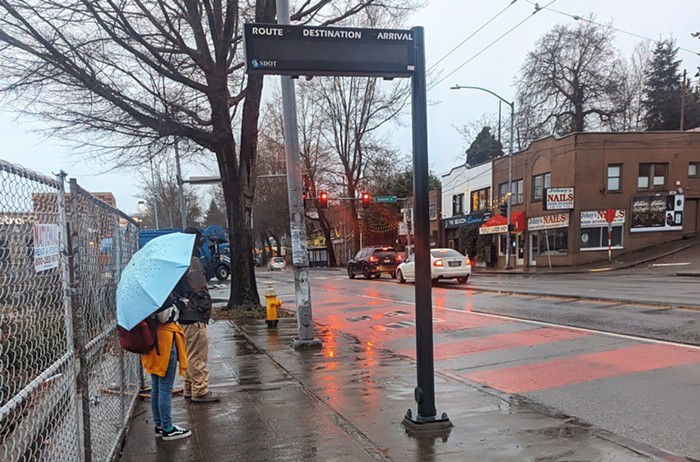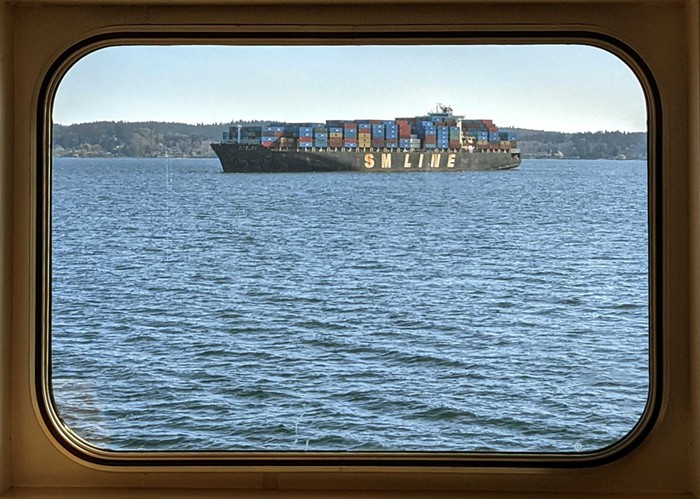
Major events in human history have been determined by weather. The wind unexpectedly blows that way, warships are water-chopped into confusion, and history takes a new direction. Something of this kind seems to have occurred in Seattle this month. In December, we were rightly expecting the worst kind of traffic when the Viaduct closed. Then the day came, and the traffic was not as bad as anticipated. And it continues to be much the same as it was before January: the usual bad traffic. Where did the 90,000 cars go? Many attribute this mostly mild Viadoom to four increases: people working at home, people using public transportation, people walking, and people biking. But how was it so easy for people to leave their cars for the bus, or the water taxi, or the sidewalk, or bike lanes? The answer, I believe, is found in the unexpectedly mild weather during this much-feared period.
KIRO:
While temperatures in many parts of the United States plummet close to zero, Seattle could be barreling toward its warmest January ever... According to the National Weather Service, the average high temperature at Sea-Tac for the first 16 days of January was 51.8 degrees Fahrenheit — that represents the warmest temperature on record over that period in any recorded year, dating back to the 1890s.
Bicyclists paused their commutes, runners stopped their jogs and lots of people took in this. pic.twitter.com/Ei6JToX4w2
— Manuel Valdes (@ByManuelValdes) January 31, 2019
Remove this warm and often sunny January, and you certainly would see the nightmare visions of December realized—red all over the Google traffic map, repeated explosions of road rage. It turns out that Mayor Jenny Durkan was saved by very new gods, gods whose influence is growing by the day, the gods of global warming. A pleasant January has made it easier to walk, bike, or catch buses. There is really nothing else that could encourage a standard Seattle citizen not to waste time in 4,000 pounds of plastic and metal than the kind of weather that can, by charm, overcome the fear of bad traffic. Seattle has had that kind of weather in January.
But what Seattle doesn't have is an advanced infrastructure of bikers, pedestrians, and even buses. Our bus shelters are nothing but embarrassments that only succeed in revealing the city's deep hatred for all things not related to cars and their constant and very socially costly demands: more space, more mobility, more roads. Seattle's public transportation spirit is that of a mouse rather than an eagle. Even downtown, the bus shelters are primitive. They were created to make you give up and return to your car. They have no other function than this: to discourage you. We have yet to even come anywhere close to a bus infrastructure that can lure, impress, and connect with citizens.
Monday marks the start of the third week of the #Realign99 closure. Looking back at week two, we saw that regional traffic volumes resembled what we saw during the first week of the closure – a decrease of 1 to 6 percent. Based on that, it appears that commuters continued doing their part to reduce congestion.Rain played a big part in the Wednesday and Thursday commutes, resulting in greater congestion and longer travel times. The highest travel times for the morning commutes shifted about an hour earlier compared to the average for a typical weekday, and lasted longer than the typical average peak period.
If January had been very wet and very cold (not an impossibility), then the monster of Viadoom would be with us today, crushing nerves and breaking brains.



















